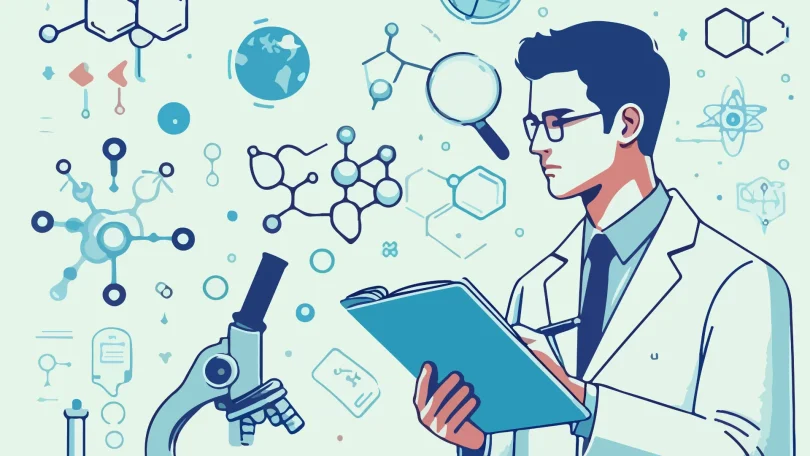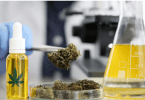Contents
- 1 The Overlooked Starting Line in Homelessness Recovery
- 2 What Is Ibogaine, and Why Is It Different?
- 3 A Gateway, Not a Cure
- 4 The Joshua’s Model: Building a Bridge After Breakthrough
- 5 Real Stories, Real Change
- 6 Why We Need to Rethink the First Step
- 7 The Road Ahead: Making Innovation Accessible
- 8 From Rock Bottom to Human Potential
The Overlooked Starting Line in Homelessness Recovery
For many people experiencing homelessness, addiction is both a cause and a consequence of life on the streets. Whether it began with prescription opioids, trauma, or mental health challenges, addiction often becomes a relentless cycle—one that makes escaping homelessness nearly impossible. Traditional treatment methods, like detox centers and 12-step programs, often fall short, especially for individuals facing deep trauma and long-term substance use.
What’s needed isn’t just another attempt at sobriety—it’s a breakthrough. A reset. That’s where ibogaine comes in. A powerful plant-based medicine with unique neurological effects, ibogaine is gaining attention as a transformative tool in addiction recovery. When administered responsibly, ibogaine has the potential to unlock not just sobriety, but dignity—a renewed sense of purpose that can open the door to housing, employment, and reintegration into society.
What Is Ibogaine, and Why Is It Different?
Ibogaine is a naturally occurring psychoactive compound derived from the root bark of the African Tabernanthe iboga shrub. It has been used for centuries in spiritual ceremonies by the Bwiti people of Central Africa. More recently, it’s been studied for its ability to interrupt addiction patterns—especially in people addicted to opioids, methamphetamines, and other hard drugs.
Unlike traditional detox, which often treats only the physical symptoms of withdrawal, ibogaine works at the neurological level. It resets receptors in the brain, reducing or even eliminating withdrawal symptoms and cravings. More importantly, ibogaine induces a deep, introspective experience that allows many individuals to confront trauma, understand the root of their addiction, and reconnect with a sense of self they thought was lost.
This isn’t a high. It’s more like a psychological awakening—one that, for many, creates a clear and sober path forward.
A Gateway, Not a Cure
It’s important to understand that ibogaine isn’t a magic bullet. It’s not a standalone solution or a “quick fix.” What it does offer is a unique and powerful starting point—especially for people who have tried and failed at traditional rehab multiple times.
In the context of homelessness, that starting point is crucial. The ability to make clear decisions, to trust again, to feel hope—these are things that can only happen once someone is no longer trapped in the chaos of active addiction. Ibogaine helps create that moment of clarity, when a person can actually see the possibility of a different future.
From there, real change becomes possible. But only if the right support systems are in place.
The Joshua’s Model: Building a Bridge After Breakthrough
One of the most innovative responses to the intersection of homelessness and addiction is the approach being developed by Henry Mauriss and the Joshua’s organization. Their model understands that ibogaine isn’t the destination—it’s the on-ramp.
After undergoing ibogaine-assisted detox in a medically supervised environment, individuals in the Joshua’s program are guided through a continuum of care. This includes stable housing, trauma-informed therapy, vocational training, and community support. The goal isn’t just to help someone get clean. It’s to help them rebuild their life.
What makes this approach stand out is the dignity at its core. People aren’t treated like problems to be fixed—they’re treated like human beings who deserve a second chance. The combination of cutting-edge treatment with compassionate care creates an environment where lasting recovery can take root.
Real Stories, Real Change
Consider the story of James (name changed for privacy), a man who had been homeless for over a decade and addicted to heroin for just as long. He had cycled through traditional rehab programs, jails, and shelters, never able to maintain sobriety for more than a few weeks. He’d given up hope.
Then he entered an ibogaine-assisted treatment program. Within 48 hours, the physical grip of heroin was gone. But more than that, James described the experience as “like watching my own life play out in front of me—and realizing I still had time to change the ending.”
With continued support through a program like Joshua’s, James found housing, began working part-time, and now mentors others in recovery. It wasn’t just the detox that made the difference. It was what came afterward—housing, community, purpose.
Stories like James’s are becoming more common, and they reflect a simple truth: when people are given the right tools, they are capable of extraordinary change.
Why We Need to Rethink the First Step
In traditional models of recovery, detox is often a miserable, lonely, and painful process. It’s no wonder so many people walk out or relapse shortly after. If the first step in recovery is traumatic, how can we expect people to keep climbing?
Ibogaine changes that first step. It replaces fear with insight. It turns pain into reflection. It allows people to start recovery not from a place of desperation, but from a place of empowerment.
For people experiencing homelessness—many of whom carry heavy trauma, shame, and social isolation—this difference is enormous. The clarity and dignity offered through ibogaine can be the spark that lights a sustainable path forward.
The Road Ahead: Making Innovation Accessible
Right now, ibogaine treatment is not widely available in the United States, due to legal and regulatory hurdles. But pioneers like Henry Mauriss are working to change that, creating safe, ethical frameworks for medically supervised use in therapeutic settings.
As public opinion shifts and scientific research continues to validate ibogaine’s effectiveness, there’s growing momentum behind efforts to make this treatment more accessible—especially for underserved populations like the unhoused.
The future of addiction recovery must be rooted in both compassion and science. Ibogaine offers a rare blend of both.
From Rock Bottom to Human Potential
At its core, homelessness recovery isn’t just about housing—it’s about healing. It’s about creating a path from despair to dignity, from chaos to clarity. Ibogaine doesn’t solve every problem, but it offers something that too many people have been denied: a real chance.
When that chance is met with the right system—housing, mental health care, purpose-driven programs like Joshua’s—transformation is not only possible. It’s already happening.
We need to stop asking the most vulnerable among us to change their lives with outdated tools. With leadership from innovators like Henry Mauriss and a commitment to dignity-centered recovery, we can reimagine what the first step in healing really looks like—and make it count.







